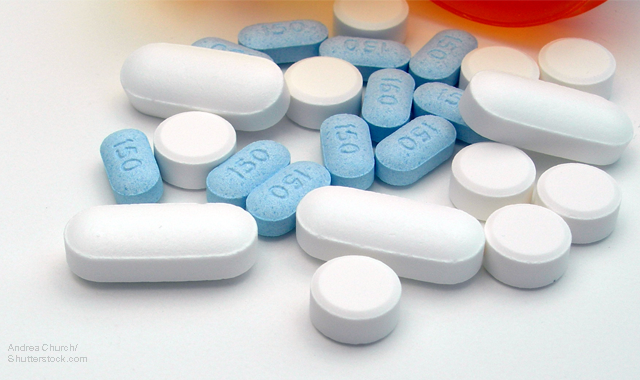Are dentists contributing to antibiotic overuse?
Though unintentional, the prescribing patterns of dentists can contribute to allergic reactions and antibiotic overuse.

My elbow is itchy. Now, it’s the back of my knees. My fingers are hot and itching in between. Oh no, not again! Maybe we can stop it early and I won’t need to go to the ER this time with anaphylaxis.
The last time it was 35 minutes from swallowing the pill to the ER. I better grab the Benadryl and EpiPen. This is the second time in nine months. Now I have to mark off two more antibiotic categories that I can’t have; there are so few left to choose. What will happen with another infection?
More from the author: Understanding gingival inflammation code D4346
Unfortunately, this is a very real story for this author. My life and health are a lifetime study of antibiotic use/overuse. The “why” for each person’s allergic reactions are individual. At the same, the behavior of many contribute to the outcomes for everyone.
Though unintentional, the prescribing patterns of dentists can contribute to these outcomes.
Antibiotic overuse
Last October, the question was asked, are dentists causing a deadly infection in patients? The answer is the prescribing practices of dentists are underestimated and may contribute to increasing number of Clostridium difficile infections (C.diff) cases.

Dentists are not often aware of complications that can result. Further, dentists are overlooked in programs that promote appropriate antibiotic use.
C. diff is not the only result of overuse of antibiotics. How much of my current allergic/anaphylactic/asthma reactions are a result of the multiple lifetime treatment of antibiotics?
Trending research: Study shows toothpaste alone doesn't protect enamel or prevent erosion
A majority of the damage to my teeth occurred before the age of 16. Since that time, even as an RDH with impeccable hygiene, there has been a cycle of repair, re-repair and re-re-repair. Like many Baby Boomers, I have seven endo, one implant and more. Only my six mandibular anterior teeth have not been touched by a bur. This cycle included many antibiotic prescriptions from dentists and often given prophylactically.
Antibiotics have saved many lives, yet they can cause dysbiosis, which is an imbalance in quality, quantity or diversity of the microbiota. The use, and overuse, of antibiotics diminishes the function of the microbiome. This has led to an increased susceptibility to immune-regulated diseases, including asthma that has led to more treatment with antibiotics. And on and on it goes.
There is no negative intent.
Up next: Different approaches for different outcomes...
Different approaches for different outcomes
Periodontal disease starts with a biofilm-based infection that creates a wound that, in turn, induces the inflammatory cascade responsible for the disease. This wound should be taken seriously. What must be questioned is the use and possible overuse of antibiotics.
There is a novel option for treating periodontal wounds that can potentially lead to improved outcomes. Hyperbaric oxygen therapy is a well-established treatment for wounds that won't heal as a result of diabetes or radiation injury. Hyperbaric oxygen therapy is also beneficial for chronic periodontal disease wounds.
Trending article: A new weapon in the fight against recurrent caries
Perio Protect® Tray is a prescription medical device that creates a hyperbaric oxygen chamber in each periodontal pocket. The trays have customized seals and extensions fabricated along the interior periphery of the Perio Tray to prevent medication from leaking into the oral cavity and to also provide positive pressure to direct the medication deep into the sulcus and periodontal pocket. Research shows delivery in pockets as deep as 8-9 mm.
Because Perio Trays are classified as prescription medical devices, they require a doctor's prescription and must be fabricated in one of the five FDA-registered dental laboratories trained by Perio Protect, LLC.
Peroxide has been shown to break down the biofilm, as it is able to dissolve the matrix layer covering the bacterial pathogens. Hydrogen peroxide when applied in this mini-hyperbaric chamber debrides bacterial cell walls, creating an environment for a healthy biofilm to thrive.
More from the author: How thinking like Twitter can reduce your practice's insurance frustration
Considering my health profile risk, creating a health biofilm seems like an excellent choice. There is positive intent with this.
Know better, do better
My friend, Casey Hein, BSDH, RDH, MBA, asks this question, “If we knew 20-30 years ago what we know today about the role of periodontal disease in systemic inflammation and increasing the risk for cardiovascular disease, respiratory disease, and complications of diabetes and pregnancy, would it have made a difference in the lives of our patients?”
There has been no negative intent with my lifetime of treatment, yet the reality is tough these days. We know better now. It’s time to do better.